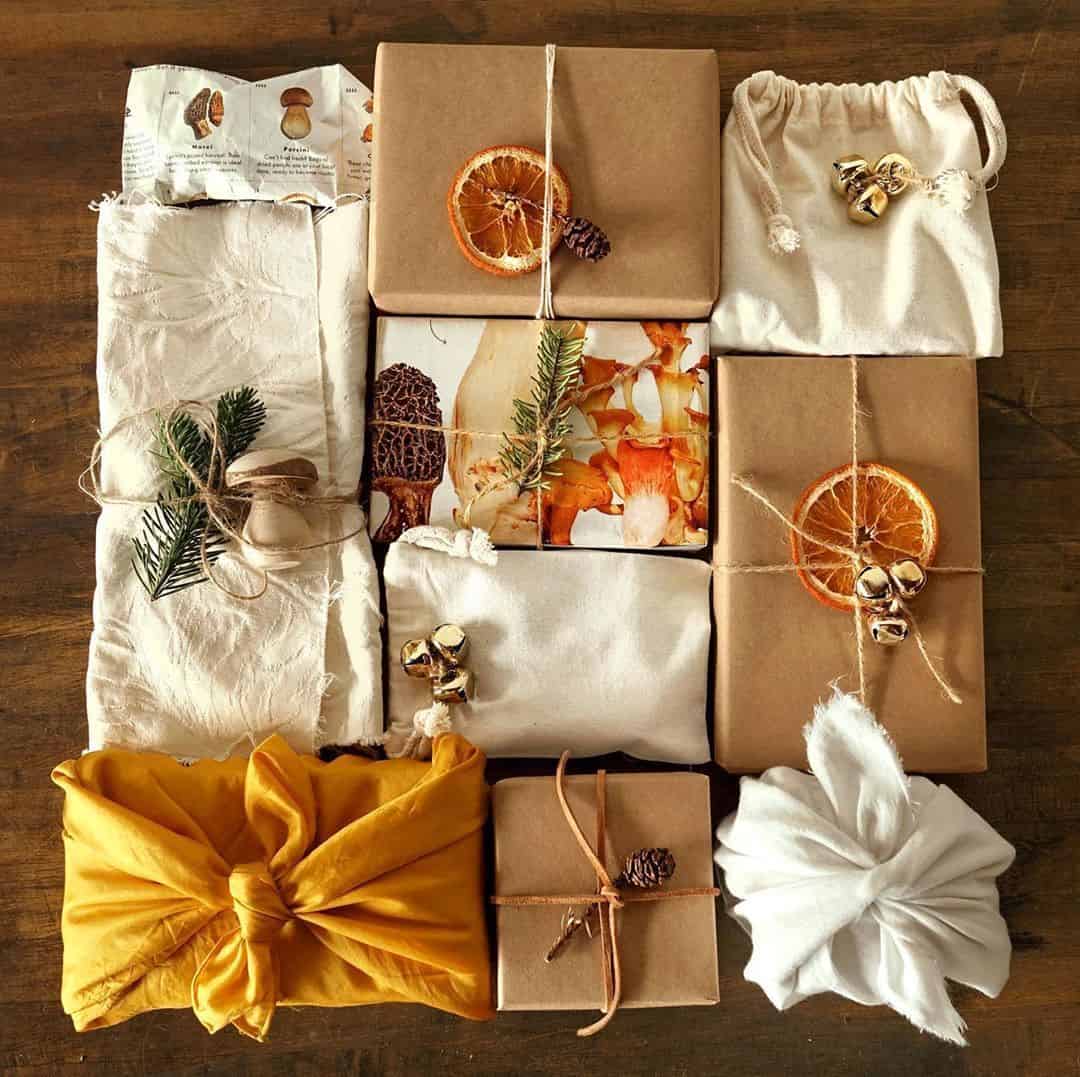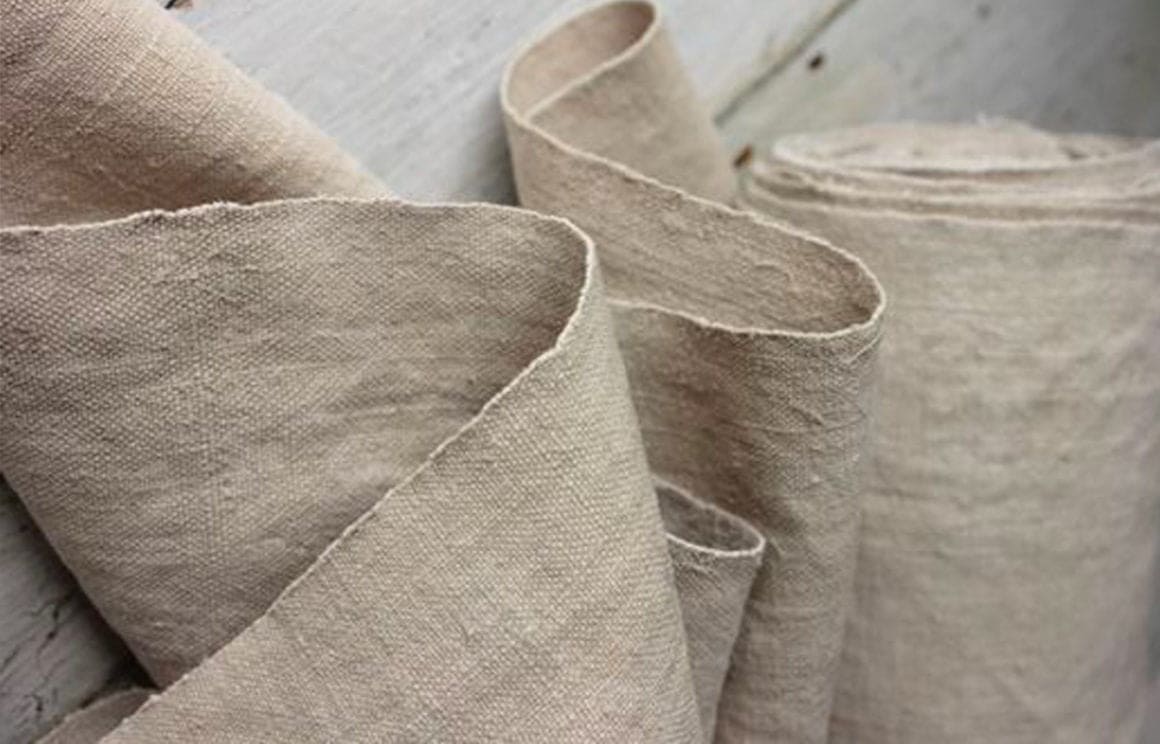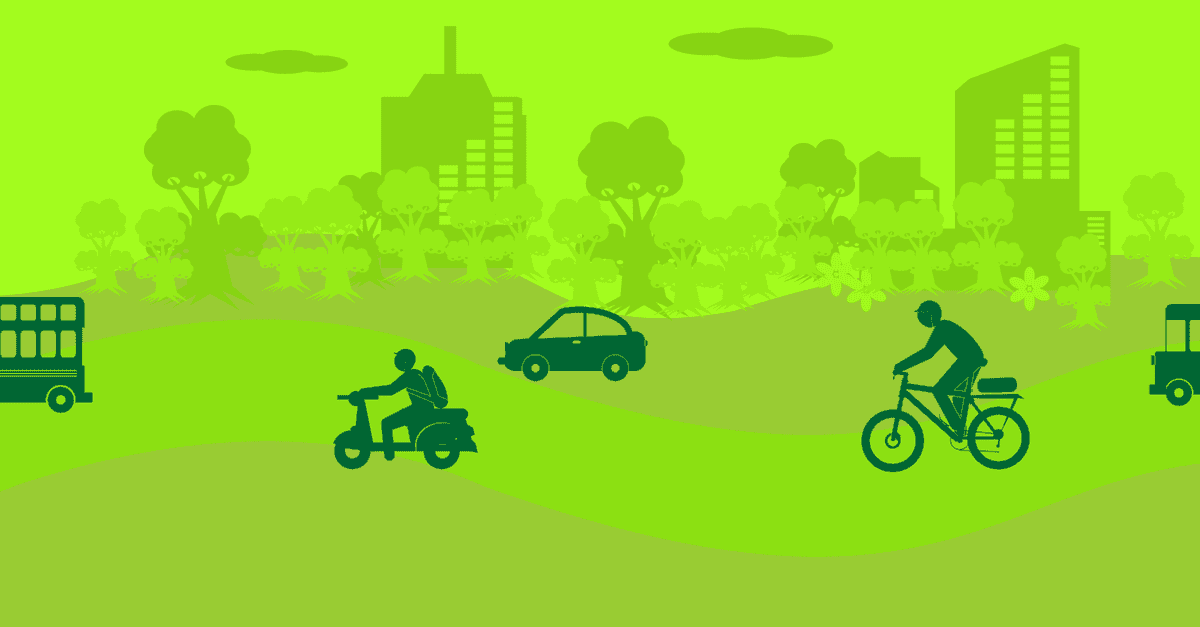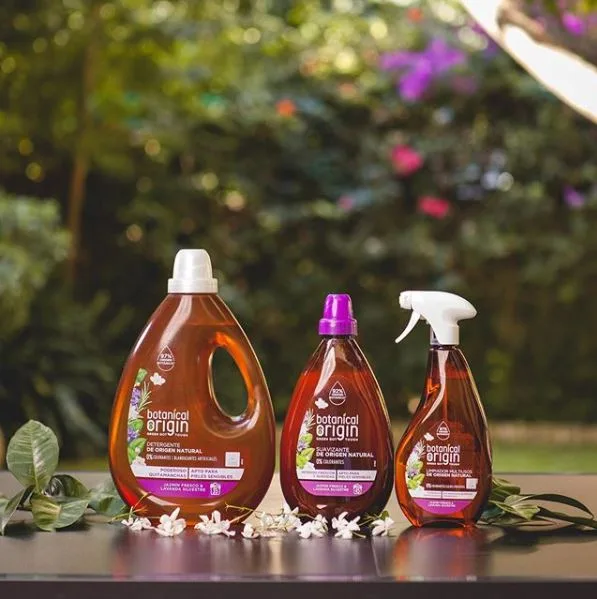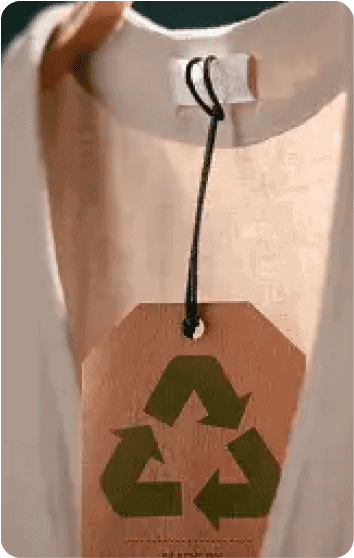Spruce trees are a big deal in the gardening world. Really! We all love their aesthetic: needle-like leaves, vibrant cones, and evergreen beauty. They’re more than just pretty faces in the landscape!
If you’ve ever admired their beauty or marveled at their resilience through the seasons, you’re not alone.
Did you know that they play a crucial role in our ecosystems? They offer a range of benefits that can enhance any landscape!
Spruce trees belong to the genus Picea and are renowned for their needle-like leaves and distinctive spruce tree cones. In the gardening world, spruce trees are celebrated for their visual appeal plus their versatility.
Majestic focal points in a garden? Check.
Effective windbreaks? Check.
Natural privacy screens? Check!
Their evergreen nature means they provide year-round greenery, creating a lush and vibrant environment even in the bleakest winter months. They are valued members of our spruce tree ecosystem because they offer shelter to wildlife, contribute to soil health, and play a key role in climate regulation.
Are you ready to explore spruce trees and learn about what makes them so special? We’ll break down their key spruce tree characteristics and help you understand their role in the environment with this guide.
How to Identify Spruce Trees
Spotting one can be a rewarding experience, especially once you know what to look for! Don’t worry, we’ll help you learn how to identify spruce trees. These trees are distinctive and, once identified, can become a focal point in your garden or a subject of interest in your natural surroundings. So, if you’re wondering how to identify spruce trees, here’s your go-to guide.

Key Spruce Tree Characteristics
First up, let’s talk about spruce tree characteristics and its defining features:
- Needle-Like Leaves: Spruce trees are known for their sharp, needle-like leaves. These spruce tree needles are attached singly to the branches, not in clusters like some other conifers. They are typically square or four-sided in cross-section, giving them a stiff and prickly texture. Run your hand along the spruce tree needles, and you’ll feel their unique texture—this is a clear sign you’re looking at a spruce.
- Cones: Spruce trees produce distinctive cones that hang down from the branches. These spruce tree cones are cylindrical and have a woody texture, with overlapping scales. Unlike the flexible, upright cones of pines, spruce tree cones are sturdier and dangle gracefully.
- Branch Arrangement: The branches of spruce trees are arranged in a regular, whorled pattern around the trunk. This gives spruce trees a uniform, symmetrical appearance that’s easy to recognize. The branches also have a dense, bushy look, contributing to the tree’s overall fullness.

Identifying Spruce Trees
Here’s a step-by-step guide, besides spruce tree characteristics, to help you identify spruce trees in the wild or your garden:
- Check the Needles: Examine the leaves of the tree. If the spruce tree needles are single, sharp, and have a square cross-section, you’re likely dealing with a spruce tree. Feel the spruce tree needles—are they stiff and sharp? That’s a good indicator.
- Look at the Cones: Observe the cones hanging from the branches. If they’re cylindrical and woody, and they hang downward, it’s a spruce cone. Pine cones, in contrast, are often more flexible and upright.
- Examine the Spruce Tree Bark: While not always a definitive feature, spruce tree bark can also provide clues. It’s usually thin and scaly, often with a reddish or brownish tint. Over time, the spruce tree bark develops a rough texture.
- Check the Tree’s Shape: The trees generally have a conical shape, with dense foliage and symmetrical branches. They tend to have a uniform appearance, with branches extending outwards in a regular pattern.

Spruce Trees Vs. Pine Trees
But how do spruces stack up against pine trees? Unlike pines, which have bundles of needles, spruces have single needles attached to the branches. Plus, spruce cones are tougher and hang downward, whereas pine cones are more flexible and point upwards. Spot the difference and you’re on your way to becoming a spruce tree pro!
Now, if you’re confused about whether you’re looking at a spruce or a pine, you’re not alone—many people mix up these two types of coniferous trees. But don’t worry, understanding their differences will make identifying them a breeze! Let’s compare spruce trees vs. pine trees and see what sets them apart.
Key Differences
| Spruce Trees | Pine Trees | |
| Needle Structure and Arrangement | The needles are single and attached directly to the branches. They are sharp, square or four-sided in cross-section, and arranged in a spiraled pattern around the branch. When you touch a spruce needle, it feels prickly and stiff. | Pine needles are grouped in bundles or fascicles. Each bundle typically contains 2 to 5 needles that are long, slender, and flexible. The needles are usually soft to the touch and may sway easily in the wind. |
| Cones | Spruce tree cones are cylindrical, woody, and hang down from the branches. They have overlapping scales that are quite rigid. The cones are typically smaller in size and have a more uniform shape. | Pine cones are often larger and more flexible, with a variety of shapes depending on the species. They can be upright or pendant, and their scales are more loosely arranged compared to spruce cones. |
| Branching and Shape | The branches of spruces are uniformly spaced and have a dense, bushy appearance. They grow in a regular, whorled pattern around the trunk, giving the tree a symmetrical, conical shape. | Pine branches are often more irregular, with a more open and less dense structure. They may grow in a less symmetrical pattern, and the tree can have a more varied shape depending on the species. |
| Bark | Spruce bark is typically thin, scaly, and may appear reddish or brown. It can be relatively smooth in younger trees and becomes more rugged and fissured with age. | Pine bark is usually thicker and more rugged. It often has a rough texture with deep fissures and a reddish-brown color. The bark can vary widely among different pine species. |
Once you familiarize yourself with these features, you’ll be able to confidently identify spruce trees wherever you go! Whether you’re a seasoned gardener or a curious nature enthusiast, knowing how to spot a spruce tree is a valuable skill that will only enhance your connection with the natural world.
Types of Spruce Trees
Next, we’ll get into the diverse world of spruces! Each type has its own unique charm and practical uses, based on which you can find the perfect spruce for your garden or landscape. Let’s explore the types of spruce trees US, like some of the most popular spruce tree varieties and what makes each one special.
Blue Spruce

The Blue Spruce (Picea Pungens) is a standout with its striking blue-gray needles. Known for its symmetrical, conical shape, this tree adds a splash of color and elegance to any landscape. The Blue Spruce thrives in colder climates and offers excellent year-round greenery. Its dense foliage and attractive color make it a favorite for ornamental use among other spruce tree varieties, providing a beautiful contrast against other plants.
Key Features:
- Needle Color: Blue-gray
- Shape: Symmetrical, conical
- Growth Rate: Slow to moderate
- Best For: Ornamental use, adding color and texture
Norway Spruce

The Norway Spruce (Picea Abies) is celebrated for its graceful, pendulous branches and rapid growth. It’s a versatile tree that adapts well to various soil types and climates. The Norway Spruce’s lush, green foliage provides excellent cover and privacy, making it an ideal choice for windbreaks and screens. Its fast growth makes it a popular choice among other spruce tree varieties for quickly establishing a robust landscape feature.
Key Features:
- Needle Color: Dark green
- Shape: Broad, conical with drooping branches
- Growth Rate: Fast
- Best For: Windbreaks, privacy screens
White Spruce

Among the types of spruce trees US, the White Spruce (Picea Glauca) is known for its delicate, soft needles and its adaptability to a range of conditions. This spruce tree has a more open canopy compared to others, allowing it to fit well into various garden settings. Its light green foliage and compact form make it a lovely choice for smaller spaces or as a backdrop to other plants.
Key Features:
- Needle Color: Light green
- Shape: Open, compact
- Growth Rate: Moderate
- Best For: Smaller spaces, garden backdrops
Colorado Spruce

The Colorado Spruce (Picea pungens var. Glauca) is closely related to the Blue Spruce but is distinguished by its more rigid, bluish-green needles. It’s a robust tree that performs well in a variety of soil types and can withstand harsh conditions. Its striking appearance and durability make it a popular choice for both residential and commercial landscapes.
Key Features:
- Needle Color: Bluish-green
- Shape: Dense, conical
- Growth Rate: Slow to moderate
- Best For: Residential and commercial landscapes

$49.95
Find a spruce tree for your backyard from Fast Growing Trees, a tree seed supplier and forager based in Fort Mill, South Carolina. Choose from Baby Blue Spruce Tree, Norway Spruce Tree, Colorado Blue Spruce Tree, Black Hills Spruce Tree, Fat Albert Colorado Blue Spruce Tree, and Dwarf Alberta Spruce, among other designs.
Spruce Tree Benefits and Uses
Spruces are more than just beautiful additions to your garden—they offer a range of practical spruce tree benefits and spruce tree uses that make them incredibly valuable.

Landscaping
Spruces are ideal for landscaping due to their year-round greenery and versatile growth habits. They can be used as privacy screens, windbreaks, or focal points in garden design. Their dense foliage provides excellent coverage, creating natural barriers and enhancing the aesthetic appeal of outdoor spaces.
Uses: Privacy screens, windbreaks, focal points.
Construction

Spruce wood is highly valued in the construction industry for its strength and light weight. It is used in a variety of applications, including framing, cabinetry, and crafting. The wood’s straight grain and workability make it a preferred choice for builders and artisans.
Uses: Framing, cabinetry, crafting.
Medicinal and Edible parts of Spruce Trees

Beyond their visual appeal and practical spruce tree uses, these trees also offer medicinal and edible benefits. The edible parts of spruce trees, like the young tips can be used to make tea rich in vitamin C, which is known for its immune-boosting properties. The resin of spruce trees has been used traditionally for its healing properties, making it a valuable resource for natural remedies.
Uses: Tea from young tips (Vitamin C), Resin for traditional healing.
Spruces are truly multifunctional, with all of their aesthetic, practical, and health benefits. You can use them to enhance your garden, build a project, or explore natural remedies. They’re simply fantastic!
How to Forage Spruce Trees
Curious about foraging spruce trees? It’s such an exciting way to connect with nature and discover the edible treasures that these trees offer! But, before you start, it’s important to approach foraging spruce trees with safety and responsibility in mind.

Correct Spruce Tree Identification
Before harvesting anything, make sure you’ve correctly identified the spruce tree. Look for the distinct needle-like leaves that are square in cross-section and attached singly to the branches. Verify that the tree has the characteristic hanging cones and the rough, scaly bark typical of spruce species. Accurate spruce tree identification is key to ensuring you’re foraging the right tree and avoiding any potential confusion with other species.

Edible Parts
The young needles and tips of spruce trees are edible and can be used in a variety of recipes. They have a fresh, slightly citrusy flavor and can be used to make tea, syrups, or as a flavoring in dishes. The resin, though less commonly used, has been traditionally used for its medicinal properties.
- Young Needles: These are best harvested in spring when they are tender and packed with flavor. They can be used to make spruce tea, which is rich in vitamin C and has a refreshing taste.
- Tips: The tender tips of the branches can be used in syrups or as a garnish, adding a unique, aromatic touch to your dishes.

Responsible Foraging
Foraging is about more than just collecting—it’s about doing so in a way that respects the environment. Follow these guidelines to make sure that you forage responsibly:
- Take Only What You Need: Avoid over-harvesting. Take only a small amount to ensure the tree can continue to thrive and produce new growth.
- Avoid Damaging the Tree: Be gentle when harvesting. Use clean, sharp tools to avoid causing unnecessary harm to the tree’s branches or bark.
- Check Regulations: Make sure you’re aware of any local regulations regarding foraging in public or protected areas. Some places may have restrictions to protect the spruce tree ecosystem.
Foraging spruce trees can be a fun and rewarding experience, allowing you to bring a touch of nature’s bounty into your kitchen. So grab your foraging gear and get exploring! Just remember to follow these guidelines to keep your foraging adventures both safe and sustainable.
Ecological Role and Habitat
By now, we know that these trees aren’t just beautiful additions to a landscape—they play a crucial role in their ecosystems and contribute significantly to environmental health! Keep reading to know how.

Wildlife Shelter
Spruce trees provide essential habitat and shelter for a variety of wildlife. Their dense, evergreen foliage offers protection for birds, small mammals, and insects. Birds often build nests in the sturdy branches, while small mammals find refuge from predators and harsh weather conditions within the tree’s cover.
- Birds: Many bird species use spruces for nesting and shelter, benefiting from the dense canopy that offers protection from the elements and predators.
- Mammals: Small mammals like squirrels and chipmunks find a safe haven in the branches and among the fallen needles.

Soil Health
The fallen needles of spruce trees play a vital role in maintaining soil health. As they decompose, they enrich the soil with organic matter, improving its texture and nutrient content. This process helps support a diverse range of plant life and contributes to the overall fertility of the forest floor.
- Needle Drop: The needles fall throughout the year, breaking down into the soil and adding valuable nutrients.
- Soil Enrichment: The decomposition of spruce needles enhances soil structure, benefiting other plant species and maintaining ecosystem health.

Environmental Stabilization
Spruce tree seasons contribute to environmental stabilization in several ways. Their root systems help prevent soil erosion by stabilizing the ground. Additionally, their presence in boreal and temperate forests helps maintain ecological balance and regulate local climates.
- Erosion Control: The extensive root networks of spruce trees anchor the soil, reducing the risk of erosion in forested areas.
- Climate Regulation: By absorbing carbon dioxide and releasing oxygen, spruce trees play a role in regulating the local climate and mitigating the effects of climate change.
Spruce tree seasons is integral to the health and stability of their ecosystems. They support wildlife, improve soil conditions, and contribute to environmental balance. We really ought to protect these magnificent trees and the ecosystems they support!

Sustainability with Ecowiser
Ecowiser is proud to be a part of the future of sustainability! Here, we’re not just talking about green practices—we’re living them. Ready to see how we’re making waves in the world of eco-conscious living? Let’s dive in.
Imagine a world where every product you use helps reduce waste, conserve resources, and supports a greener future. Sounds amazing, right? That’s exactly what we’re offering. Our directory is filled with products and brands that care about the planet.
From using renewable materials, to minimizing packaging waste, and ensuring our supply chain is as green as it gets, these brands are trying their best to do their bit for the planet, and Ecowiser helps them get in front of green buyers.
Feeling inspired? Get started on your eco forward journey today, and together, we can turn our shared vision of a greener future into a reality.
Summing Up!
Spruce trees are a stunning feature for your garden—yes. But they also play a huge role in our ecosystems and offer practical benefits. They have unique identification markers and versatile varieties, embodying nature’s resilience and beauty.
Whether you’re keen on identifying different spruce species, foraging for their edible parts, or simply appreciating their role in your landscape, spruce trees most certainly give us all a wealth of opportunities to engage with and benefit from nature. Their dense foliage, striking forms, and environmental contributions make them a valuable asset to any garden and a key component of healthy ecosystems.
So, the next time you spot a spruce tree, take a moment to appreciate its many facets! Explore the different varieties, understand their impact on the environment, and let them inspire your journey toward a greener, more sustainable world. By recognizing and nurturing the role of spruce trees, we can all contribute to a thriving and balanced natural world.
Convinced to bring home a spruce tree, or two—or more? We found some amazing options for you including fast-growing spruce trees that your garden will love!
Frequently Asked Questions
What are spruce trees?
Spruce trees are evergreen conifers belonging to the genus Picea. They feature needle-like leaves, woody cones, and a symmetrical, conical shape. Spruce tree habitat thrive in the Northern Hemisphere, including North America, Europe, and Asia. They are known for their year-round greenery, spruce tree benefits, spruce tree uses, and distinctive appearance, making them popular in gardens and landscapes.
How to identify spruce trees for spruce tree identification?
To identify a spruce tree habitat, look for needle-like leaves that are single, sharp, and square or four-sided in cross-section, attached directly to the branches. The cones are cylindrical, woody, and hang downward. The spruce tree bark is rough and scaly, often reddish or brown. In spruce tree identification, spruce branches are dense and uniformly spaced, giving the tree a conical shape.
What’s the difference between spruce trees and pine trees?
Spruce trees differ from pine trees in several ways. Spruce needles are attached singly and are square or four-sided in cross-section, while pine needles are grouped in clusters. Spruce cones are cylindrical and hang down, whereas pine cones are more flexible and can point upward. Additionally, spruce branches are dense and evenly spaced, whereas pine branches can be irregular.
What are some common types of spruce trees?
Common spruce tree varieties include the Blue Spruce, with its striking blue-gray needles; the Norway Spruce, known for its graceful, drooping branches; the White Spruce, which has soft, light green needles; and the Colorado Spruce, featuring robust bluish-green needles. Each type offers unique aesthetic and practical spruce tree benefits, suited for different landscaping needs.
How do I forage spruce trees responsibly?
When foraging spruce trees, first ensure proper identification of the tree. Harvest only what you need for spruce tree uses to avoid over-harvesting. Use clean, sharp tools to prevent damage to the tree. Follow local regulations to ensure your foraging activities are legal and sustainable. Responsible foraging helps preserve the tree’s health and the ecosystem.





